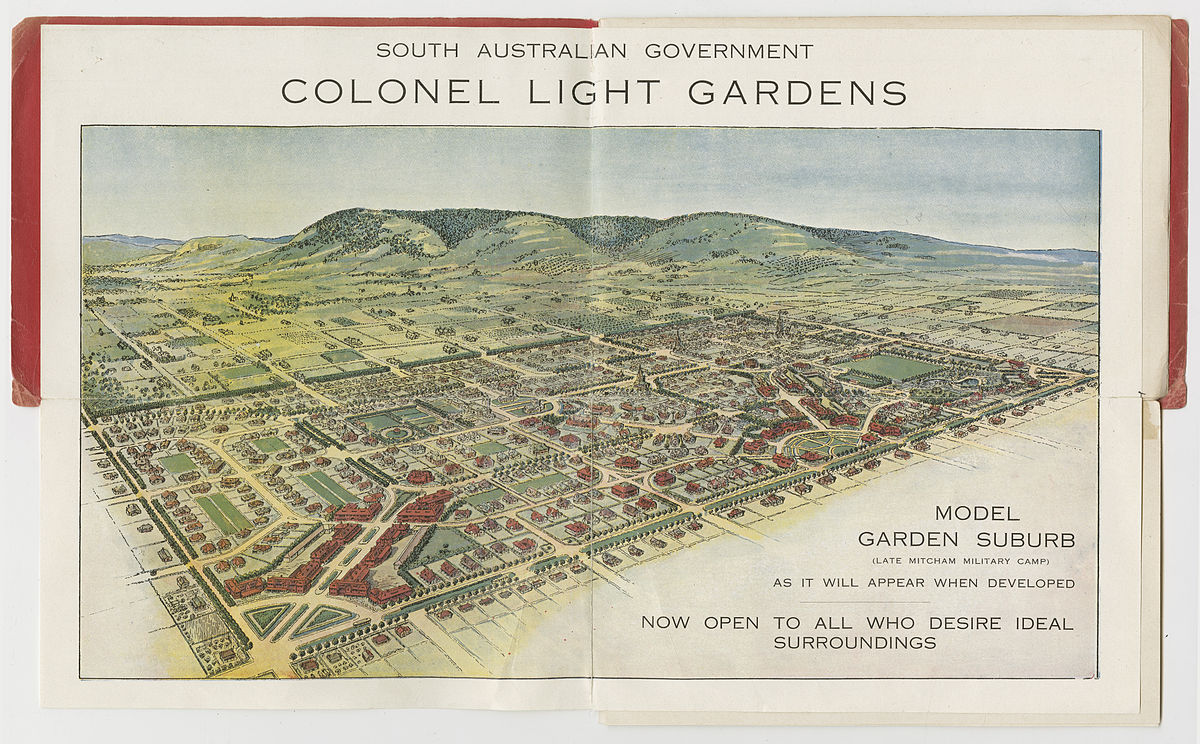

image courtesy State Library of South Australia
Topics
People
Seager, Alexandrine, Smith, Ross, Terrell, Frederick Leopold, Cooper, Ethel, Avery, Louis Willyama
Organisations
June, 1915
June 1915 was a relatively quiet month at Gallipoli, compared with the drama of the landing in late April and the actions in May to consolidate the Allied position. It was still a very dangerous place to be and as the casualty lists attest, many South Australians were killed or wounded, however our correspondents’ diaries and letters concur that this was a ‘quiet month with nothing much doing’ (Ross Smith). Meanwhile, Leo Terrell (with the Naval Bridging Train) embarked from Melbourne. Unlike many of our other correspondents, he doesn’t seem enamoured with military life.
AT GALLIPOLI
Even though there were no major battles, there were still skirmishes and much work to be done digging new trenches and carting supplies. With little water available, supplies were shipped in, meaning water was very limited. Food was monotonous and lacked fresh fruit and vegetables. And the smell of rotting corpses was hard to escape. The constant threat of sniper fire at some posts meant that the soldiers often used the trenches as toilets. It was hardly surprising that many were afflicted by gastric problems.
THE IMPACT OF THE WAR IN SA
In South Australia, official accounts were supplemented by letters from the front, which were published in the newspapers with headings such as ‘HELL WITH THE LID OFF’. The growing casualty lists were accompanied by renewed calls for volunteers: Australia had promised more troops, and SA’s quota was estimated to be 500 a month. The Advertiser reported each day how many had presented themselves at Keswick for service and how many were accepted. It also noted that the State Government had agreed to pay civil servants who enlisted the balance in their pay, as enlistment would have amounted to a pay cut for many. Ethel Cooper notes that in Germany, the army was becoming less selective in their conscription, taking people previously rejected on health grounds.
Preparations continued for the imminent arrival of the wounded: the Automobile Club arranged for members to be available to transport wounded soldiers and there were lists of people who had offered their homes as convalescent facilities.
Fundraising activities continued with an enormous array of funds and appeals. Donations to the following were reported in June’s Advertiser: the Starving Belgians Appeal, the Serbian Relief Fund, the Mayor’s Patriotic Fund, the Belgian Relief Fund, the Naval Bridging Train Kitchen Fund, Belgian Restoration Fund, the Wounded Soldiers’ Fund, Red Cross Fund, Trades Hall Relief Fund, the Wattle Day League Motor Ambulance Fund and the Girl Guides Motor Ambulance Kitchen Fund.
OTHER SA NEWS
Other significant stories in June included coverage of the Labor Party conference in Adelaide in the first week of the month. It was also when the foundation stone for the first lock on the River Murray was laid at Blanchetown and when the plans for the new ‘model suburb’ that would become Colonel Light Gardens were announced, even though the site was the Mitcham Army Camp at the time.
In June 1915, South Australians were also encouraged to look back a century to another great war – the Battle of Waterloo, in June 1815, when the British defeated Napoleon’s troops at Waterloo, in present-day Belgium.
Today, the circle continues, as we look back to events 100 years ago in Belgium and beyond.








